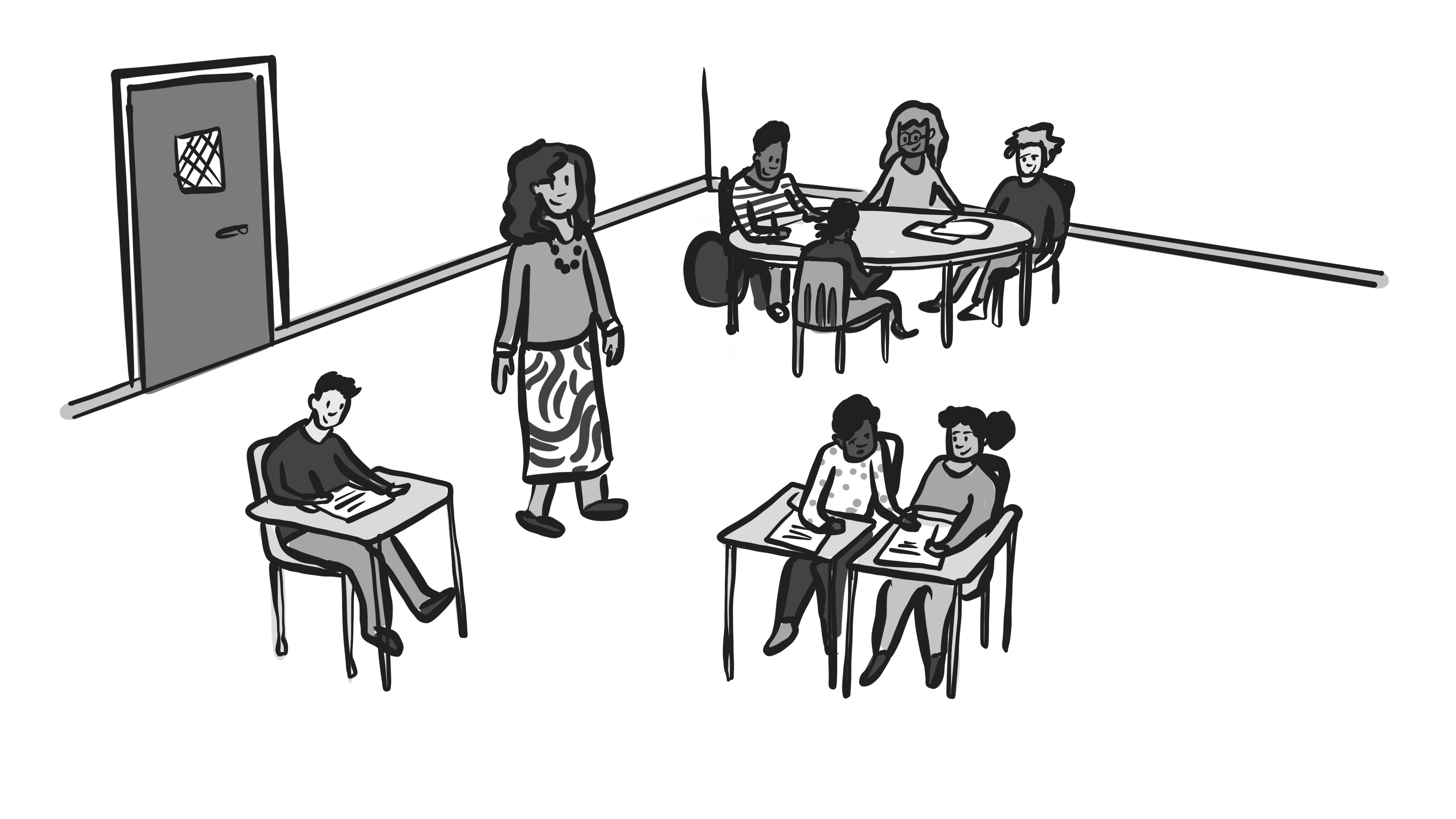Preparing to be Absent
Writing a Sub Plan that Keeps the Learning Going

It can be hard to leave your class with another teacher - especially when you’re in the middle of a project or building momentum in a lesson. However, the truth is, we all have times when we need to step aside. Absences can be planned (i.e., PD, medical procedures, appointments, etc.), while others are not intended at all (i.e., you or someone in your family is ill, appointment changes, etc.). Preparing for a sub can make all the difference for the person stepping in, your students, and a smooth transition when you return.
Here are some tips for what you can do ahead of time and what you need to prepare close to the day(s) you’ll be absent.
Long before you know you'll be absent, prepare a guide to the school and your classroom
Subs are more successful when they can implement the routines and rules of your classroom while you are away because students respond best to consistent expectations. You can prepare some basic information in a subfolder for any time you are away - to make prep faster when you know you'll be out. Click on either tab to see lists of all school and classroom items to prepare ahead of time and reuse each time you are away:
Tell the sub WHAT needs to be accomplished as well as HOW to get it done.
Create lesson plans for each period of the day
MATERIALS: provide the sub with all the materials they will need and let themknow where studetns can find tools like paper and pencils in the classroom
PROCEDURES: Include directions or a description of the sub and student roles (i.e. I do, you do, we do)
ENGAGING LEARNERS: Explain how to engage students in learning with questions, manipulitives, comparisons, and connections to prior knowledge
REVIEW AND PRACTICE: Try to leave activities and tasks that students can be successful at - look for opportunities to review and practice skills.
NEW INFORMATION: If you need to ask a sub to introduce new information or skills, let them know what support to give students.
LESSON CLOSURE: Give instructions for reviewing learning (i.e. exit ticket) and clean-up
Think about your expectations for students using materials and getting work done.
What materials will the sub need, and where can they be found?
What noise levels are okay while students are working?
Are there off-limits areas or tasks?
Conversely, in what ways are students self-sufficient? (i.e. filling their water bottles, washing their hands, using and returning writing materials, etc.).
Where do students sit while they are working independently and in groups?
Ask the Sub to Leave Feedback
Asking for feedback signals two things:
Leave space for feedback at the bottom of your sub plans or let them know it’s okay to annotate or leave notes embedded in the plan as they progress through the day. If there is specific feedback you are looking for about a learning task or certain students, be sure to ask.